When you first start exploring the beautiful world of carnations, you might find yourself captivated by the stunning array of red and pink varieties. At a quick glance, some may appear quite similar, leading to a bit of confusion. Don't worry—this is a common experience for many flower enthusiasts. Learning how to tell them apart is a rewarding journey that deepens your appreciation for these classic blooms.
The key to accurate identification lies in a careful, multi-sensory observation. You'll be looking at color depth, petal structure, and even scent. Let's walk through the process step by step.
Begin with the most obvious characteristic: the color. Red carnations are not just "red." They can range from a deep, velvety crimson to a bright, fiery scarlet. Look for those with almost burgundy undertones or a true, pure red. Pink carnations, on the other hand, showcase a much softer palette. Think blush, baby pink, salmon, and even coral. A helpful trick is to observe the base of the petals. On many pink varieties, you might notice a very subtle green or white tint at the very bottom where the petal connects to the calyx, which is less common in true reds.
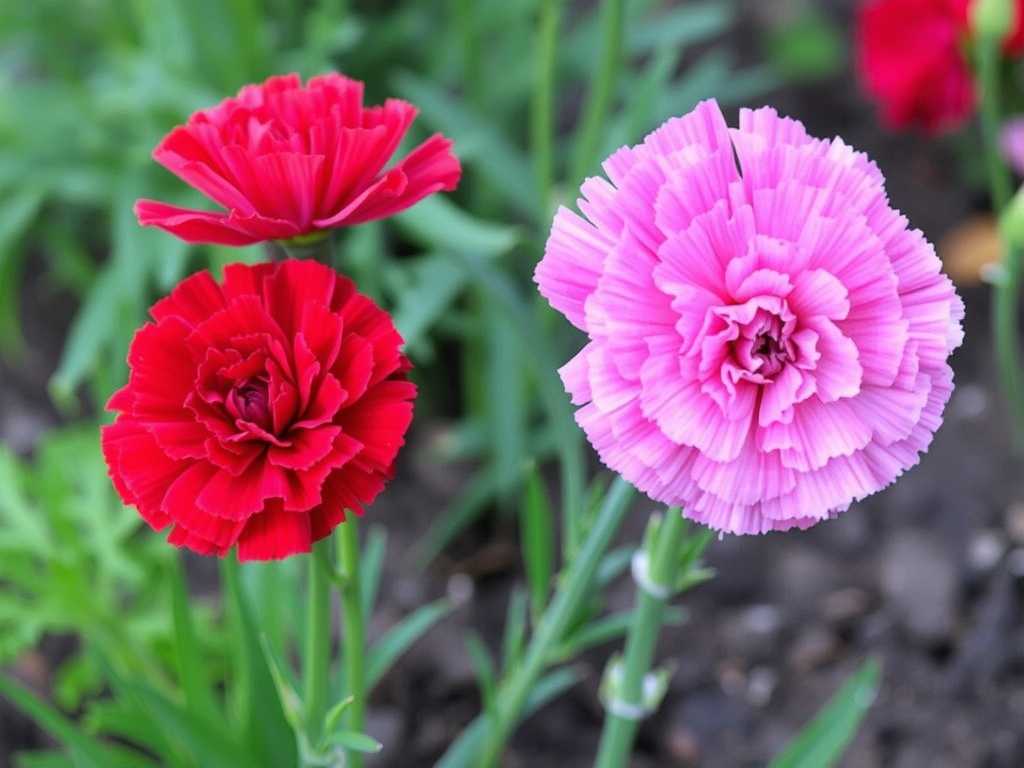
Next, move on to the petal edges. This is where you can find some of the most telling details. Many red carnation varieties, especially the standard types, have petals with solid, smooth edges. Pink carnations are often, though not always, associated with more decorative edges. Look closely for fine serrations, a lightly fringed look, or a ruffled appearance. If the edge of the petal looks like it has been delicately cut with pinking shears, you're likely looking at a pink variety.
Now, let's talk about the petal texture and pattern. Gently feel a petal. Some red carnations, particularly the darker heirloom types, can have a slightly thicker, almost velvety texture. Pink petals often feel softer and more silky. Also, examine the petal surface for any patterns. Striped or picotee patterns (where the edge is a different color than the center) are more frequently found in pink and light red cultivars. A pale pink flower with dark pink edges is a classic example.
Don't forget to use your nose. The fragrance of a carnation can be a subtle but useful clue. Generally, red carnations are known for their stronger, spicier, and more clove-like scent. It's a classic, warm aroma. Pink carnations often possess a lighter, sweeter, and sometimes almost fruity fragrance. Of course, scent can vary with growing conditions and specific breeds, but it's another piece of the puzzle.
Finally, consider the context and the occasion. While not a botanical method, understanding the traditional meanings can sometimes provide a hint. Deep red carnations are strongly associated with love and admiration, while light red signifies affection. Pink carnations, especially light pink, are famously linked to a mother's undying love, often used for Mother's Day. If you see a bouquet that seems intended for that purpose, there's a higher chance the flowers are a pink variety.
Here are some specific varieties to use as reference points.
For red carnations, look for names like 'Master Red' or 'Tibet'. These are often a pure, vibrant red with a strong form and that characteristic spicy scent. Another is the 'Red Rocket', known for its large bloom and excellent vase life.
In the pink family, 'Pink Kisses' is a beautiful example, known for its multitude of small, soft pink flowers on a spray. 'Rosy Future' is another popular one, offering a lovely salmon-pink hue. The 'Chabaud Pink' is an heirloom variety prized for its intense fragrance and fully double, ruffled pink blossoms.
By combining these observation techniques—color analysis, edge inspection, texture feel, and scent detection—you will become confident in distinguishing between the beautiful red and pink carnation varieties. It’s a skill that enhances not just your gardening knowledge but also your enjoyment of these timeless flowers. Happy identifying
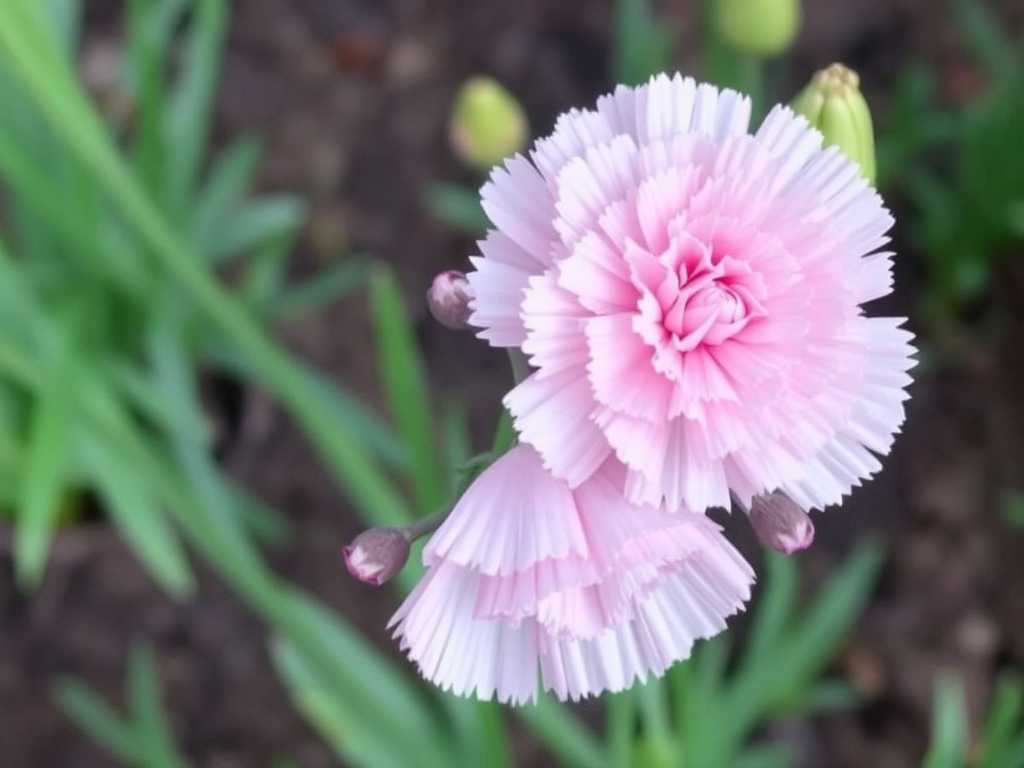
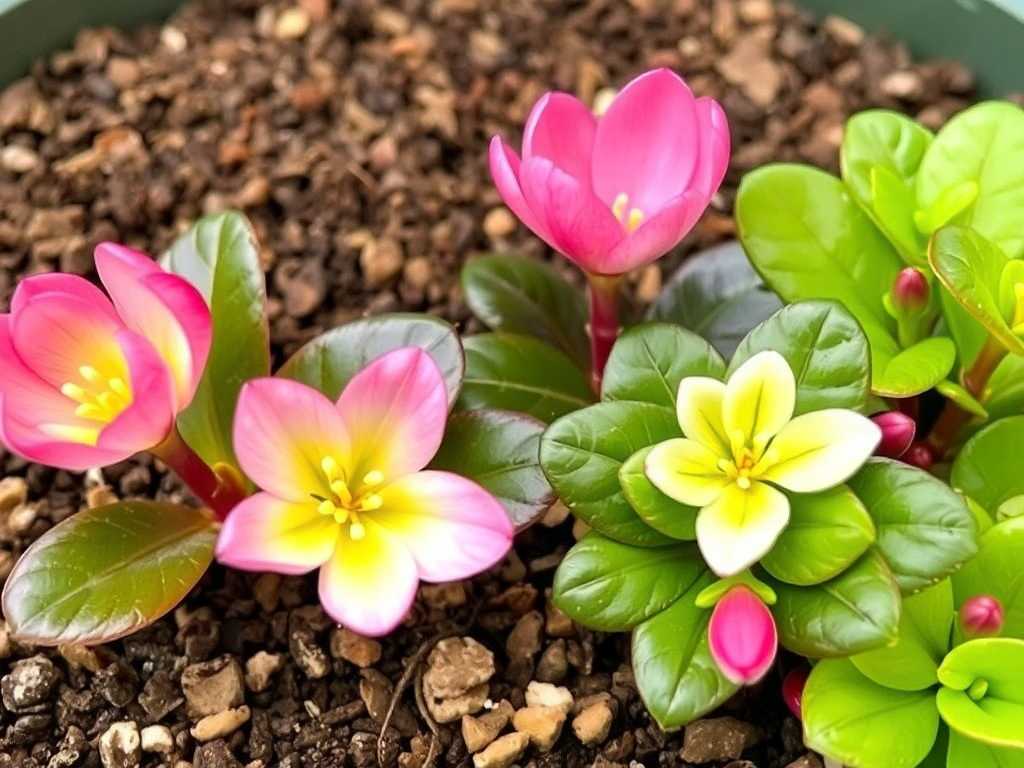
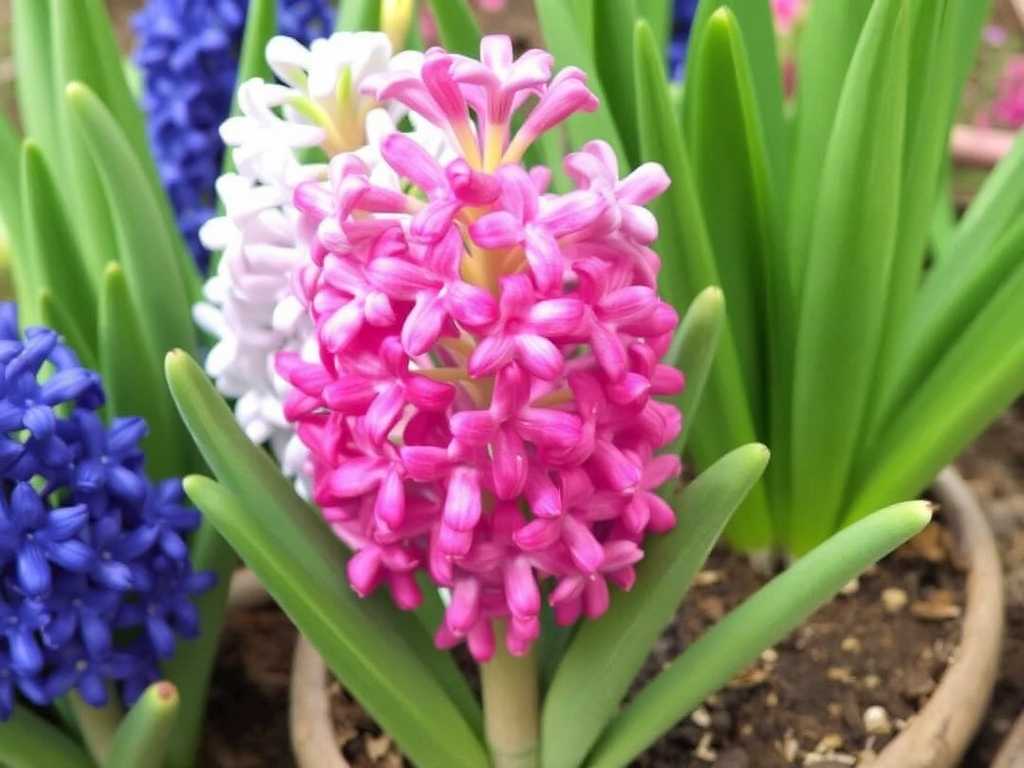
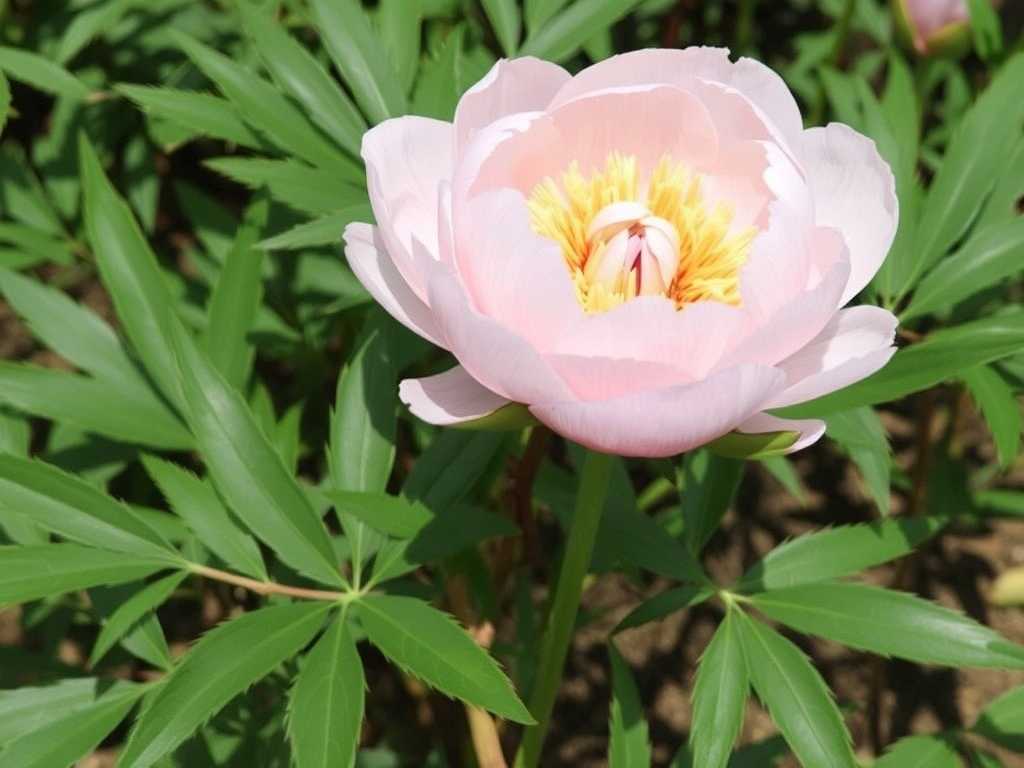

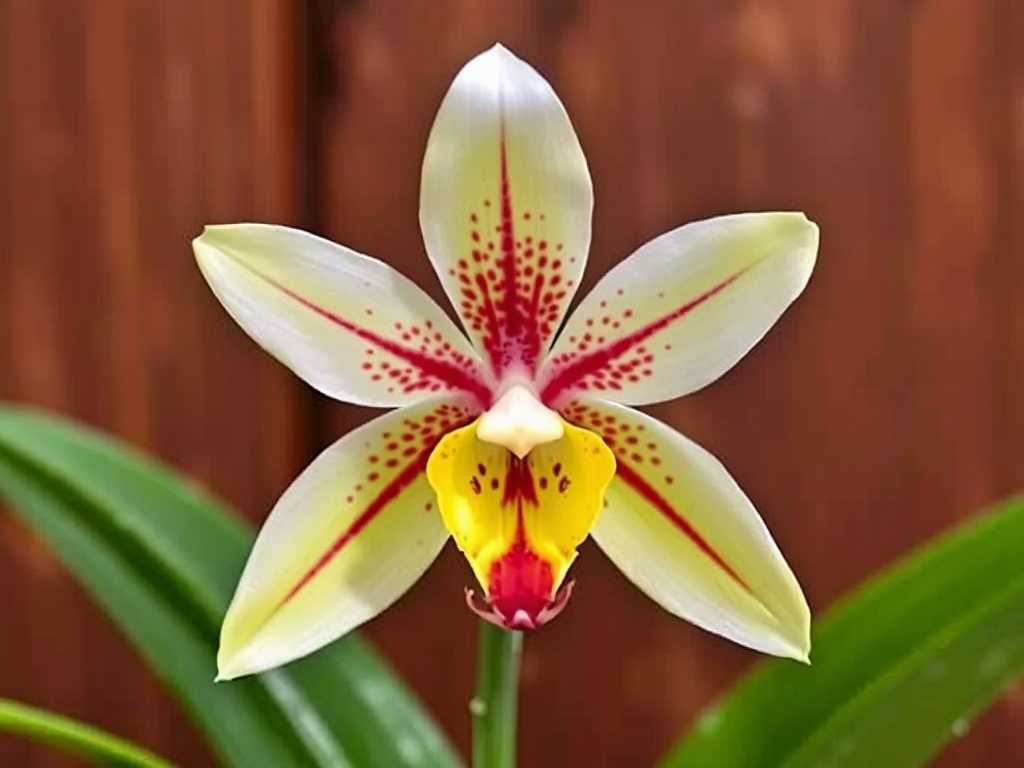
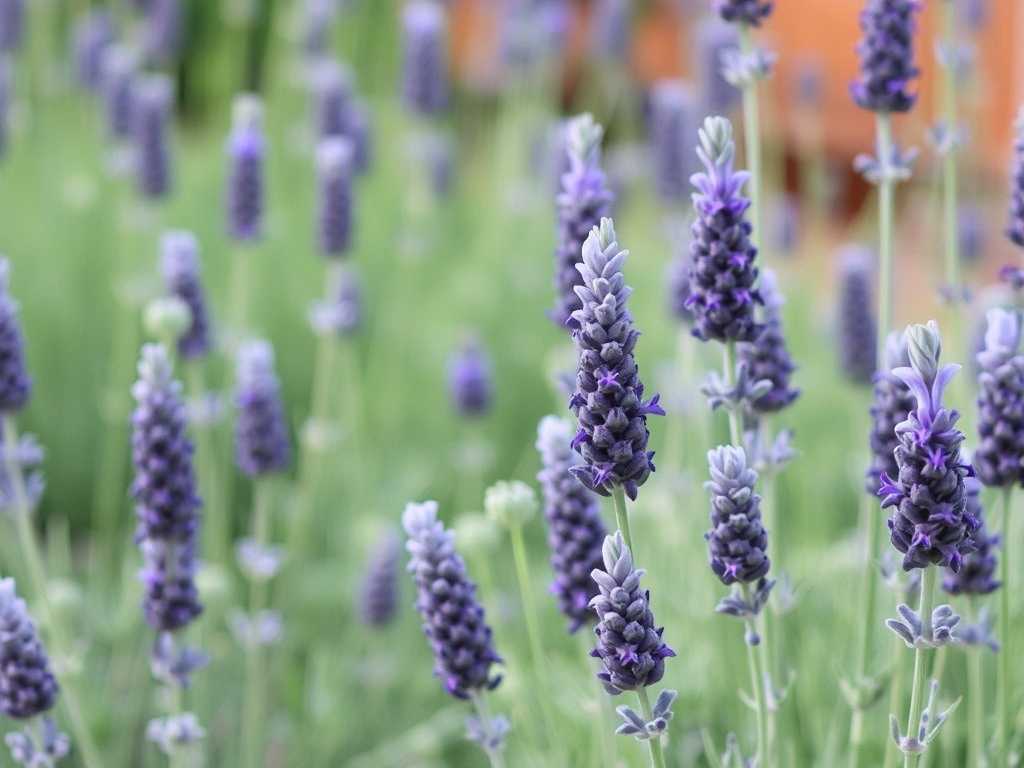
发表评论